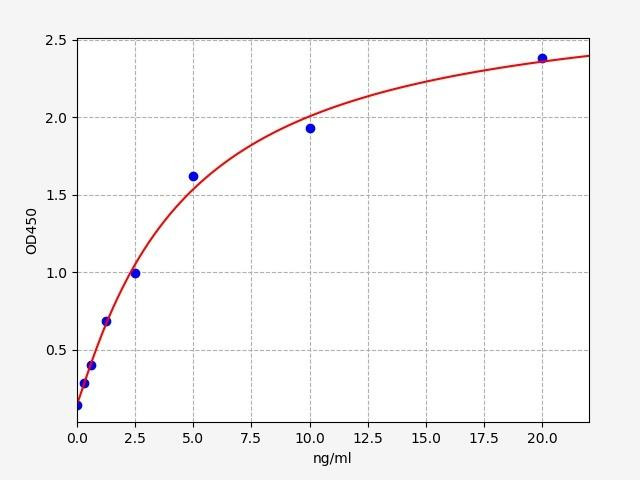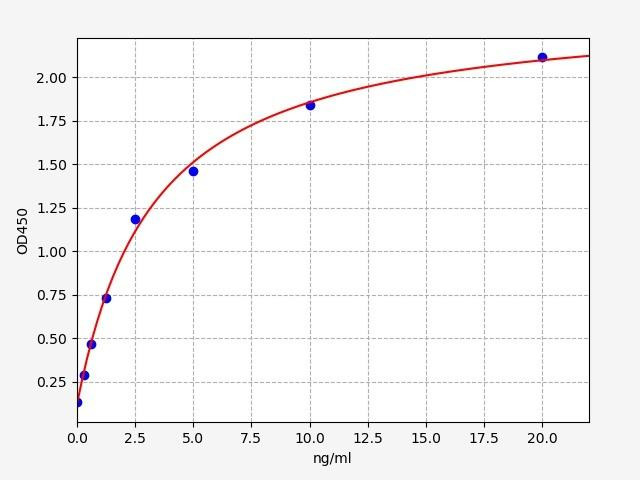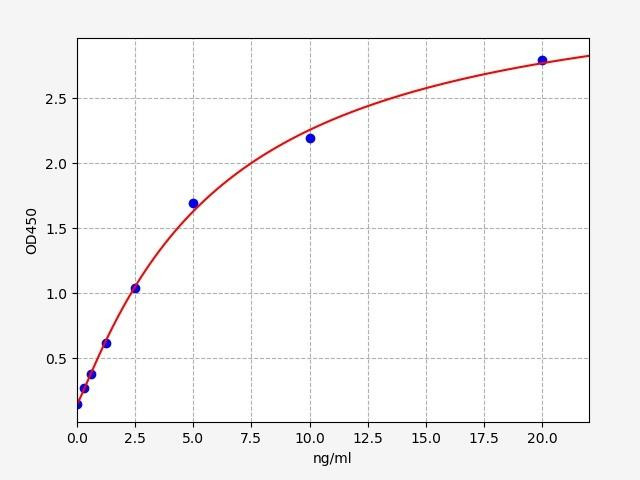Leukocytes : Basics to Diseases
Only 1% of our blood is made up of white blood cells, but they have a significant impact. Alternatively referred to as leukocytes, white blood cells. We are shielded from disease and illness by them. This blog is an overview of leukocytes including their function, development, types, location and disease.
Table of Contents
Jump to a section:
Leukocytes
Leukocytes, integral components of the immune system, stand as the body's frontline defenders against the pathogens and infections. These remarkable white blood cells are produced in the bone marrow and inhabit the bloodstream and lymphatic system, working ceaselessly to maintain the body's equilibrium. Their primary role involves recognizing and neutralizing foreign invaders, including bacteria, viruses, fungi, and other pathogens, thus preventing infections from taking hold. Leukocytes exhibit a sophisticated degree of specificity, allowing them to discriminate between self and non-self entities with astonishing accuracy. This innate ability to differentiate friend from foe forms the foundation of their immunological prowess.
Types of Leukocytes
Leukocytes encompass a diverse group of cells, each with unique characteristics and functions. The major types include neutrophils, lymphocytes, monocytes, eosinophils, and basophils. Neutrophils, the most abundant leukocytes, function as the first responders to infections, racing towards sites of inflammation and employing phagocytosis to engulf and dismantle pathogens. Lymphocytes, a diverse group encompassing T cells, B cells, and natural killer (NK) cells, orchestrate both immediate and long-term immune defenses. T cells modulate the immune response, coordinating other immune cells and directly attacking infected cells, while B cells generate antibodies to mark invaders for destruction. Monocytes, when migrating to tissues, transform into macrophages and dendritic cells, key players in antigen presentation and immune regulation. Eosinophils and basophils, though fewer in number, exhibit specialized roles – eosinophils combat parasites and participate in allergic reactions, while basophils release histamine and other mediators during allergic responses.
Fig : Types of Leukocytes
Leukocytes Production/Development
The complex process of leukocyte development, termed hematopoiesis, unfolds within the confines of the bone marrow. Hematopoietic stem cells, which possess the remarkable capability to differentiate into various cell lineages, embark on a journey of specialization. As they traverse down distinct developmental pathways, they give rise to the diverse array of mature leukocytes. The intricate choreography of growth factors, cytokines, and signaling molecules orchestrates this transformation, ensuring a balanced production of different leukocyte types, a prerequisite for a functional immune response. This delicate equilibrium guarantees that the immune system remains poised to mount swift and effective responses to an array of challenges, be they encountered before or encountered anew.
Where are Leukocytes Located?
Leukocytes, with their constant vigilance, are strategically stationed across the body to detect and counteract threats. While their circulation through the bloodstream ensures their readiness for deployment, their presence within lymphoid organs such as the spleen, thymus, and lymph nodes magnifies their effectiveness. These locales serve as gathering points where leukocytes can communicate, be activated, and receive direction for responding to imminent dangers. The body's ability to swiftly amass a localized immune response is a testament to the strategic positioning of leukocytes. This network of distributed sentinels is the cornerstone of the immune system's adaptability and efficiency.
Leukocytes ELISA Related Kits
ELISA Kits

| Human SERPINB1 / Leukocyte elastase inhibitor ELISA Kit | |
|---|---|
| Sensitivity | 0.188ng/ml |
| Range | 0.313-20ng/ml |
| ELISA Type | Sanndwich |
SERPINB1 (Serpin Family B Member 1) belongs to the serpin family which inhibit coagulation proteins such as thrombin and trypsin. SERPINB1 has been known to play a role in breast cancer metastasis, colorectal cancer recurrence, ovarian carcinoma cell migration and more. The average expression level of SERPINB1 in human tissues is highest in Testis and also seen in Fibroblasts, Lung Cells, Fetal Liver Cells and HeLa Cells. An important paralog of SERPINB1 is SERPINB9.

| Human Leukocyte A / HLA-A ELISA Kit | |
|---|---|
| Sensitivity | 0.188ng/ml |
| Range | 0.313-20ng/ml |
| ELISA Type | Sandwich |
The Human Leukocyte A (HLA-A) ELISA Kit is a sophisticated laboratory tool designed for precise and efficient quantification of HLA-A antigens in human samples. Leveraging ELISA technology, this kit enables researchers and clinicians to detect and measure HLA-A expression, an essential component of immune response assessment and compatibility determination, particularly in organ transplantation scenarios.

| Human LTK / Leukocyte Receptor Tyrosine Kinase ELISA Kit | |
|---|---|
| Sensitivity | 0.188ng/ml |
| Range | 0.313-20ng/ml |
| ELISA Type | Sandwich |
LTK belongs to the ros/insulin receptor family of tyrosine kinases. Proteins that are phosphorylated at tyrosine residues have a greater capacity to stimulate cell growth and development. Systemic Lupus Erythematosus is one of the diseases linked with LTK. The Assay Genie LTK ELISA is a highly sensitive assay for the quantitative measurement of LTK in serum, blood, plasma, cell culture supernatant and tissue samples.
Leukocytes Stimulation
Leukocytes are prompted into action through intricate signaling pathways. When tissues are damaged or infections arise, immune cells release specific molecules called chemokines and cytokines, which act as guiding beacons. Leukocytes detect these signals and, through a process called chemotaxis, follow the gradient of these molecules to reach the site of action. This remarkably precise navigation system allows the immune system to target its efforts with astonishing accuracy, homing in on areas in need of defense. This intricate mechanism is the embodiment of the immune system's ability to detect trouble and respond with precision.
Leukocyte Cell Function
Each type of leukocyte possesses a unique set of skills that collectively contribute to a robust immune response. Neutrophils, propelled by chemotaxis, are the body's rapid responders, engulfing and obliterating invading microbes through phagocytosis. Lymphocytes, guided by antigen recognition, orchestrate targeted responses. T cells recognize infected or abnormal cells, eliminating them directly or coordinating immune action, while B cells produce antibodies, the immune system's molecular foot soldiers. Monocytes differentiate into macrophages and dendritic cells, acting as clean-up crews that engulf cellular debris and present antigens to other immune cells. Eosinophils and basophils contribute to more specialized tasks, such as combating parasites or orchestrating allergic responses. This symphony of functions exemplifies the versatility and precision of the immune response.
Leukocytes and Diseases
Alterations in leukocyte function can lead to a range of health issues. Deficiencies in certain leukocyte types may render individuals more susceptible to infections, while an excessive immune response can result in allergies or autoimmune disorders where the body attacks its own tissues. Leukemia, a form of cancer that originates in abnormal leukocyte production, underscores the critical nature of proper immune cell regulation. Additionally, chronic inflammation mediated by leukocytes has been linked to a spectrum of diseases, including cardiovascular disorders and certain cancers. Understanding the intricate roles leukocytes play in health and disease provides vital insights for devising therapeutic interventions and preventive strategies.
As these white blood cells navigate from their origin in the bone marrow to their deployment across tissues and organs, they embody the body's unwavering commitment to safeguarding its own existence. By delving deep into the realm of leukocyte biology, we unearth the complex mechanisms that underlie our immunity. This exploration not only enriches our understanding of human health but also serves as the cornerstone for innovative medical breakthroughs that promise to shape the future of disease prevention and treatment.
Written by Pragna Krishnapur
Pragna Krishnapur completed her bachelor degree in Biotechnology Engineering in Visvesvaraya Technological University before completing her masters in Biotechnology at University College Dublin.
Recent Posts
-
Metabolic Exhaustion: How Mitochondrial Dysfunction Sabotages CAR-T Cell Therapy in Solid Tumors
Imagine engineering a patient's own immune cells into precision-guided missiles against cancer—cells …8th Dec 2025 -
The Powerhouse of Immunity: How Mitochondrial Fitness Fuels the Fight Against Cancer
Why do powerful cancer immunotherapies work wonders for some patients but fail for others? The answe …5th Dec 2025 -
How Cancer Cells Hijack Immune Defenses Through Mitochondrial Transfer
Imagine a battlefield where the enemy doesn't just hide from soldiers—it actively sabotages their we …5th Dec 2025




